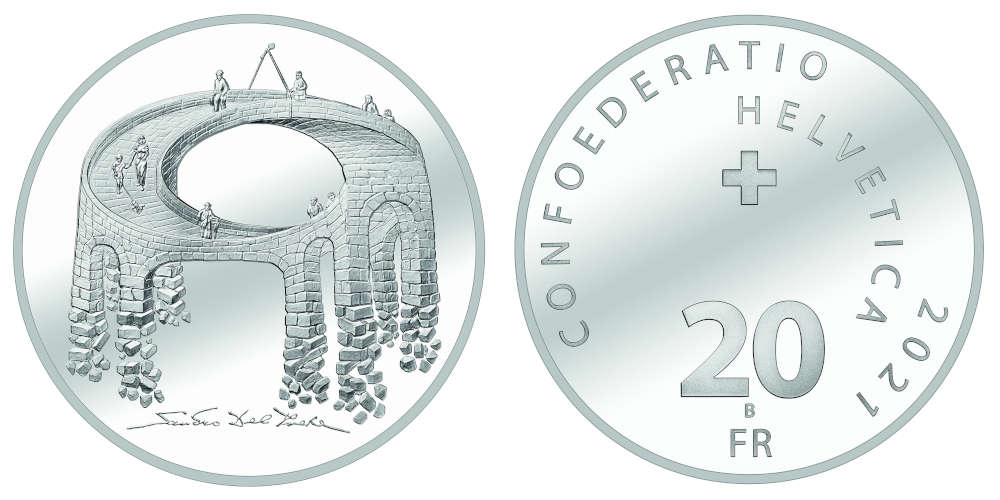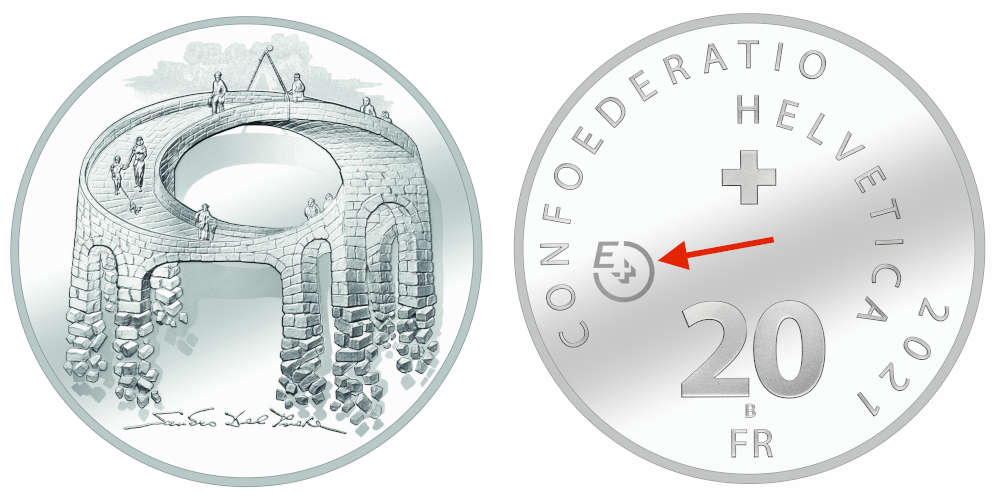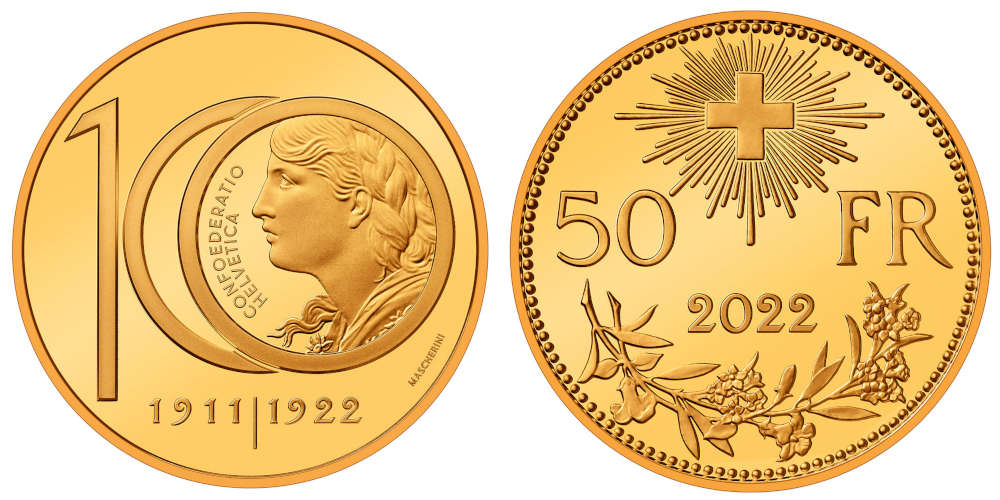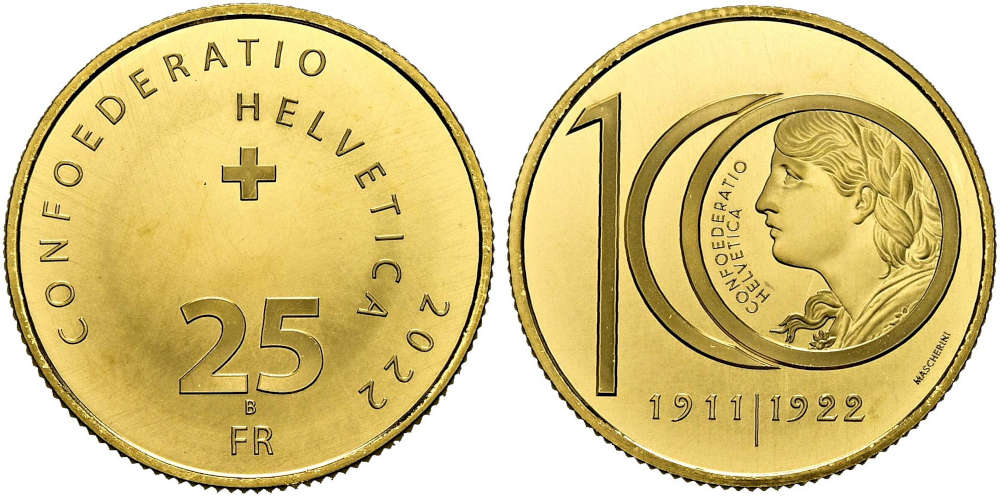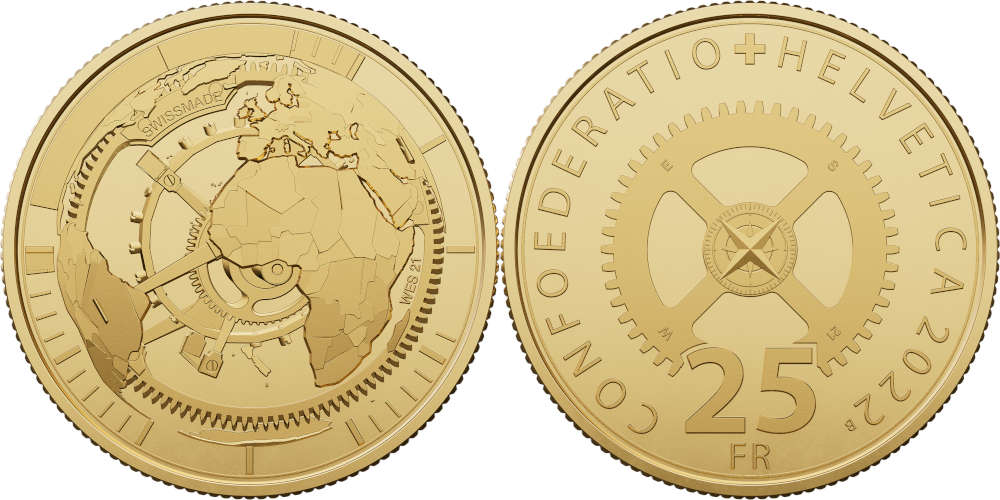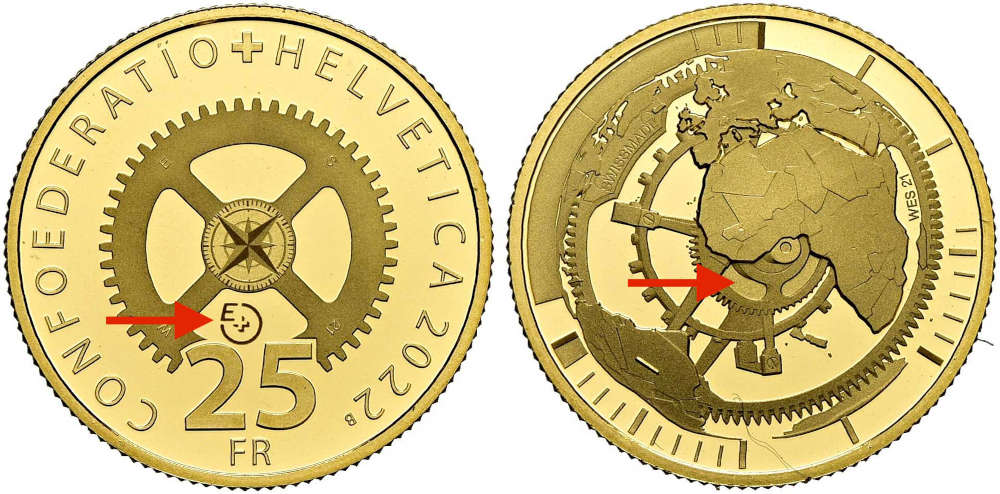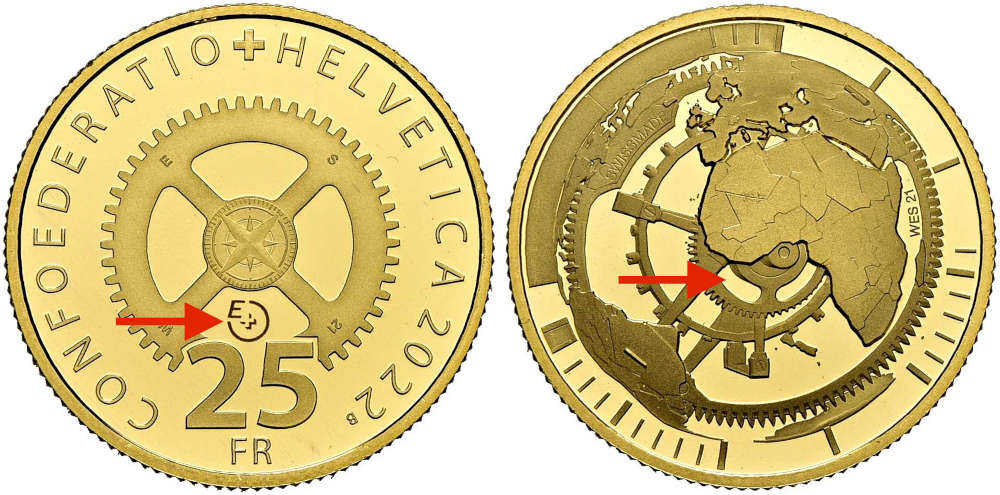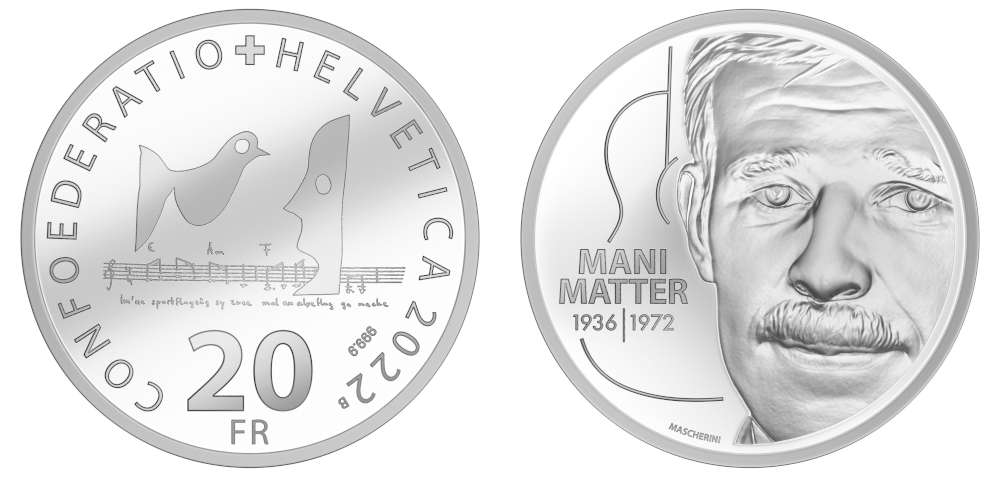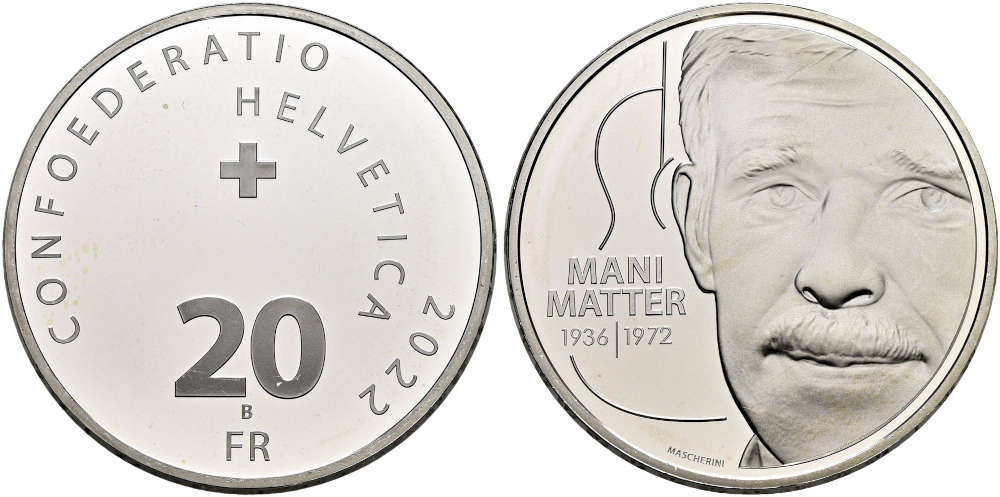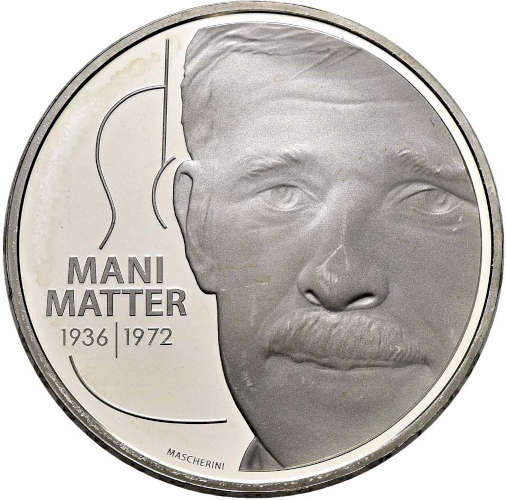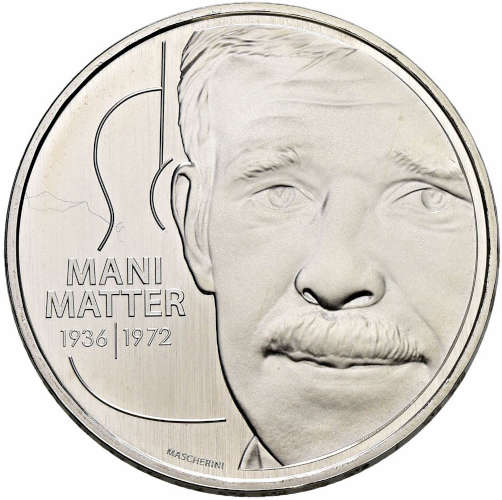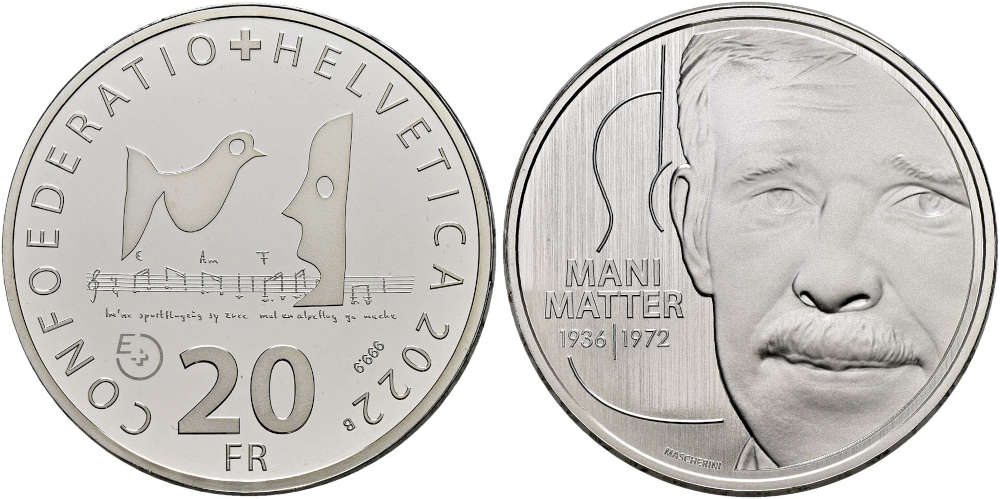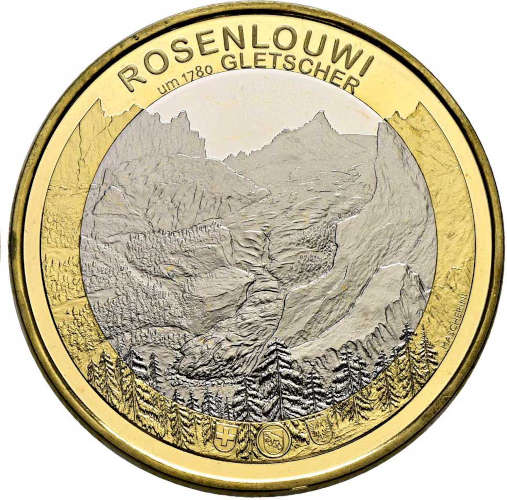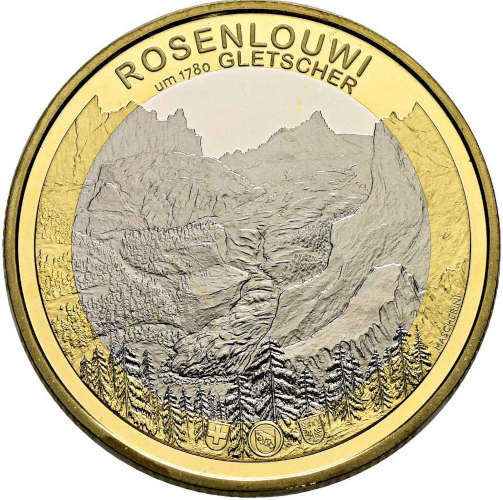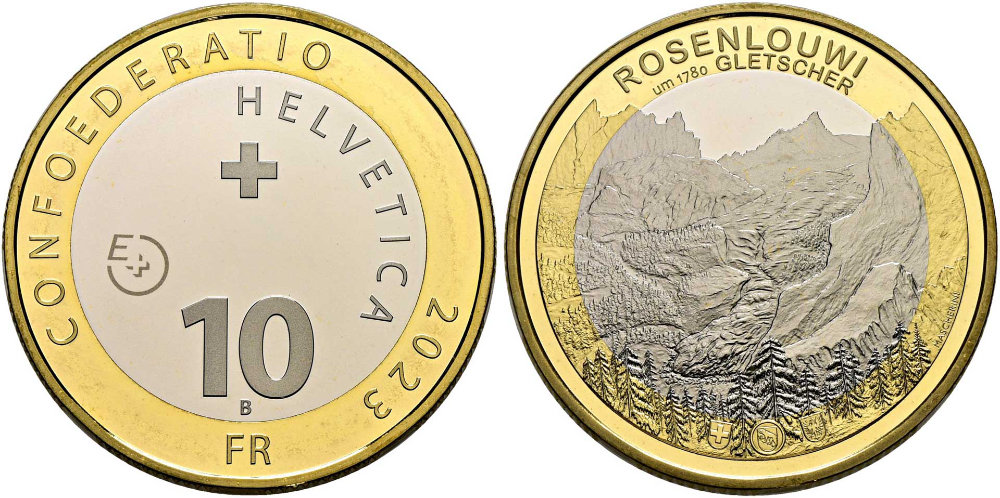SINCONA Offers Spectacular Swissmint Patterns
This is a sensation and a paradigm shift. For the first time in its about 150-year history, Swissmint is offering patterns that were made during the coin creation process. These patterns are fundamentally different from patterns made for the collector, which Swissmint sold in the past and which are still offered by many other mints.
Content
As Swissmint states in an open letter in the SINCONA auction catalogue, it will from now on commission SINCONA in Zurich or NGSA in Geneva alternately once a year for the sale of such patterns. This new possibility to present rare individual pieces for sale enables Swissmint to distribute the patterns in a fair and transparent manner.
On 26 October 2023, collectors from all over the world can obtain patterns of Swissmint’s latest commemorative coins at SINCONA in Zurich, of which only very few specimens were produced. The ensemble comprises unique pieces, i.e., patterns of which only a single specimen exists, and goes up to patterns of which a maximum of nine pieces were produced.
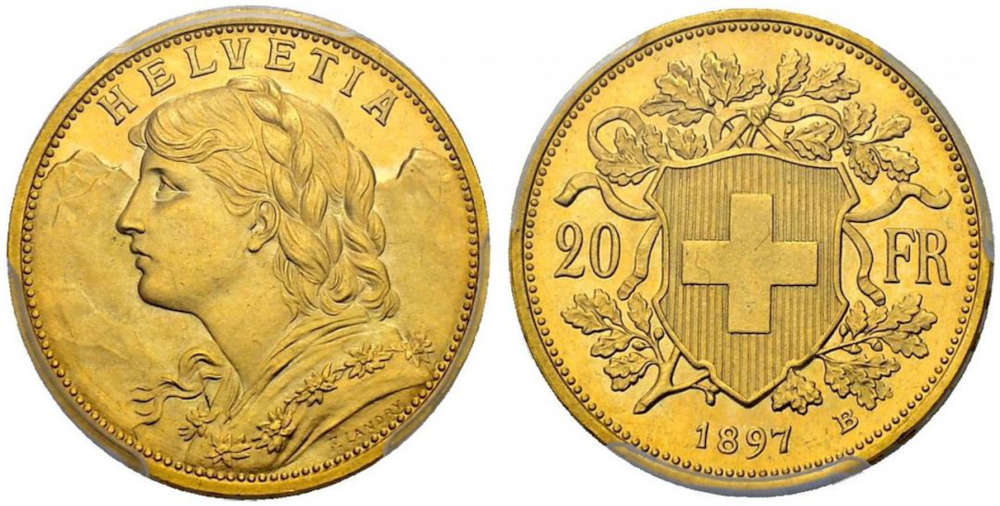
Swiss Confederation. Pattern of the 1879 20-Francs Stirnlocken-Vreneli (“Forelock Vreneli”). Only 12 specimens minted. PCGS SP66+. From SINCONA auction 47 (2018), No. 3322. Estimate: CHF 80,000. Hammer price: CHF 130,000.
What Is a True Pattern?
True patterns are created throughout the coin production process. They are essential to comprehend the appearance of the final product. For one, these patterns are used by those responsible for the issue to choose a design and, on the other hand, they help minting engineers to enhance the production process.
The most well-known Swiss pattern is the so-called “Forelock Vreneli” (Stirnlocken-Vreneli), of which only 12 specimens exist. These patterns were produced to provide the Swiss Federal Council and relevant officials with an idea of what this future Swiss gold coin would look like.
The name Forelock Vreneli originated with a comment of a Bernese magistrate who disliked how a strand of hair was loose on the young woman’s forehead that featured on the coin. He stated that this forelock would “lend her a frivolous look”, which was not in line with the dignity of the mother of the nation. Consequently, the young woman’s hair on the coin was combed back and 400,000 specimens of the now chaste 20-Francs piece of the year 1897 were issued.
What Is a Collector’s Pattern?
Collector’s patterns are specifically made for collectors. They deviate from the actual coin regarding one or several details, which can be more or less apparent. As a result, so to speak, they constitute a significantly rarer variety of a commemorative coin in addition to the Proof and uncirculated versions.
Between 1998 and 2021, Swissmint produced these highly sought-after collector’s patterns, which always sold out immediately. Their production numbers ranged from 250 to 1,000 pieces. Swissmint’s last collector’s patterns were issued in the context of the commemorative coin “Illusion – Viaduct of Life”. Whereas the actual mintage figure of this coin type was 20,000 regarding uncirculated pieces and 5,000 regarding the Proof version, there are only 500 collector’s patterns.
What Denomination Do You Prefer? 100 Year Anniversary of the Last Minting of the 10-Franc Vreneli
2022 marked the 100th anniversary of the last minting of the 10-Francs vreneli. To celebrate this occasion, Swissmint planned to release a commemorative issue. The question remained whether to create a 50-Francs piece on a larger blank or a 25-Francs piece on a smaller one. To clarify the issue and understand how these denominations would look like, 5 patterns with a denomination of 25 Francs were produced. Eventually, they opted for a heavier blank with a face value of 50 Francs.
By the way, in order to make this decision it was not necessary to produce the pattern with the more elaborate Proof method. Therefore, these patterns are “only” uncirculated.
Frosted or Not Frosted, That Is the Question: Switzerland’s Watchmaking Industry
In the same year, a 25-Francs gold coin celebrating Switzerland’s watchmaking industry was issued. Its design drew on gearwheels and the globe, with a detailed motif and various types of frosting adding to its charm. Prior to the minting process, it had to be determined which parts of the coin design were to stand out from the Proof fields due to frosting. This is a particularly demanding task as there are numerous different types of frosting that can be created today. And depending on how fine the grains of the frosting are, the visual effect can change completely.
In order to make the ideal choice, dies with various frostings were created and corresponding patterns produced. Regarding our example, you must pay attention to the inner ring of the gearwheel on the reverse. In image 7, the inner fields are frosted, while image 8 shows the final version without frosting on the inner ring.
To understand the visual effect of a frosting, it was paramount to mint the patterns as Proof versions; unlike it was the case regarding the patterns for the anniversary vreneli.
As these patterns – in contrast to the 25-Francs pattern “100 year anniversary of the last minting of the 10-francs vreneli” – could easily be mistaken for the actually issued coin, Swissmint marked them with its pattern logo.
Sometimes, You Must Be Quick: 50th Anniversary of Mani Matter’s Death
In 2022, Swissmint put an end to the long-established tradition of using the same reverse design for all silver commemorative coins. But to avoid time lags regarding the design process of the obverse, patterns with the old reverse were minted in a first step, as is visible in image 10, 11 and 12. Only one specimen each exists of these three patterns, which illustrate how the experienced minting engineers played around with frosting techniques. In several trial runs, Swissmint developed a striped effect on the obverse. Technically speaking, this type of frosting is much more complex than the traditional Proof method.
Image 13 presents this design with the new reverse which was developed for “Mani Matter” as it was used for the final issue. To avoid that the patterns could be mistaken for the actual coins, they were marked with the pattern logo.
The Ideal Press Force
These five patterns for the bi-metal commemorative coin “Rosenlaui glacier” illustrate how meticulous Swissmint is when it comes to determining the right press force for the minting process of a coin so that all details will be presented perfectly. A positive side effect: if the right press force is applied, fewer dies are needed in the production process. And this is certainly an important factor when volumes of 16,000 uncirculated pieces and 4,750 Proof specimens are produced.
Insights into the Minting Process
The pattern series offered for sale by Swissmint via the SINCONA auction house gives valuable insights into the production process of Swiss commemorative coins. Moreover, patterns are even more interesting due to the low mintage figures. All pieces were graded by NGC and sealed in a specially designed Swissmint holder.
Jürg Richter, owner and Managing Director of SINCONA, comments: “I am very pleased that Swissmint entrusted SINCONA with the sale of these Swissmint patterns. I have always been very interested in the minting process and particularly in patterns. That is why I authored the standard catalogue on Swiss patterns in 2016. At the time, I could not have dreamed of being fortunate enough to offer the deeply interesting patterns for the current commemorative coins. I look very much forward to this sale and, of course, I am very curious to see what results it will bring.”









